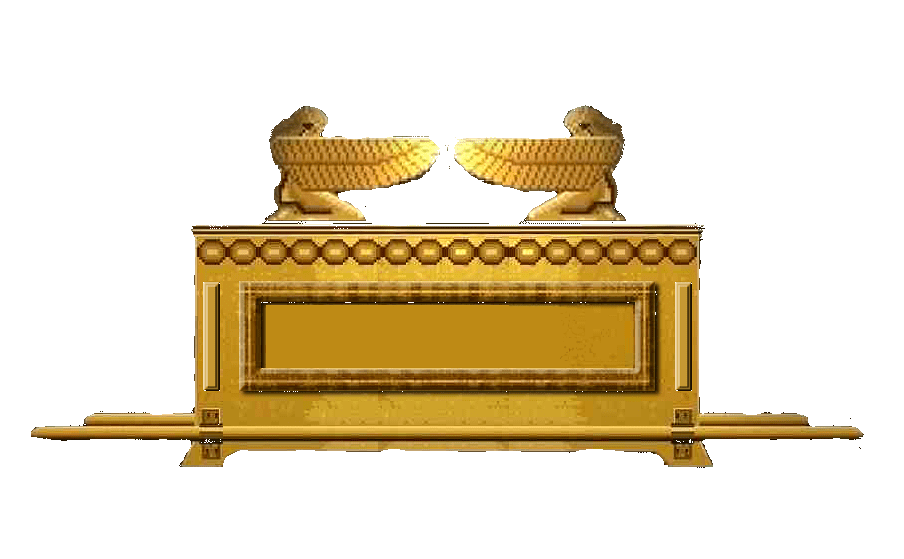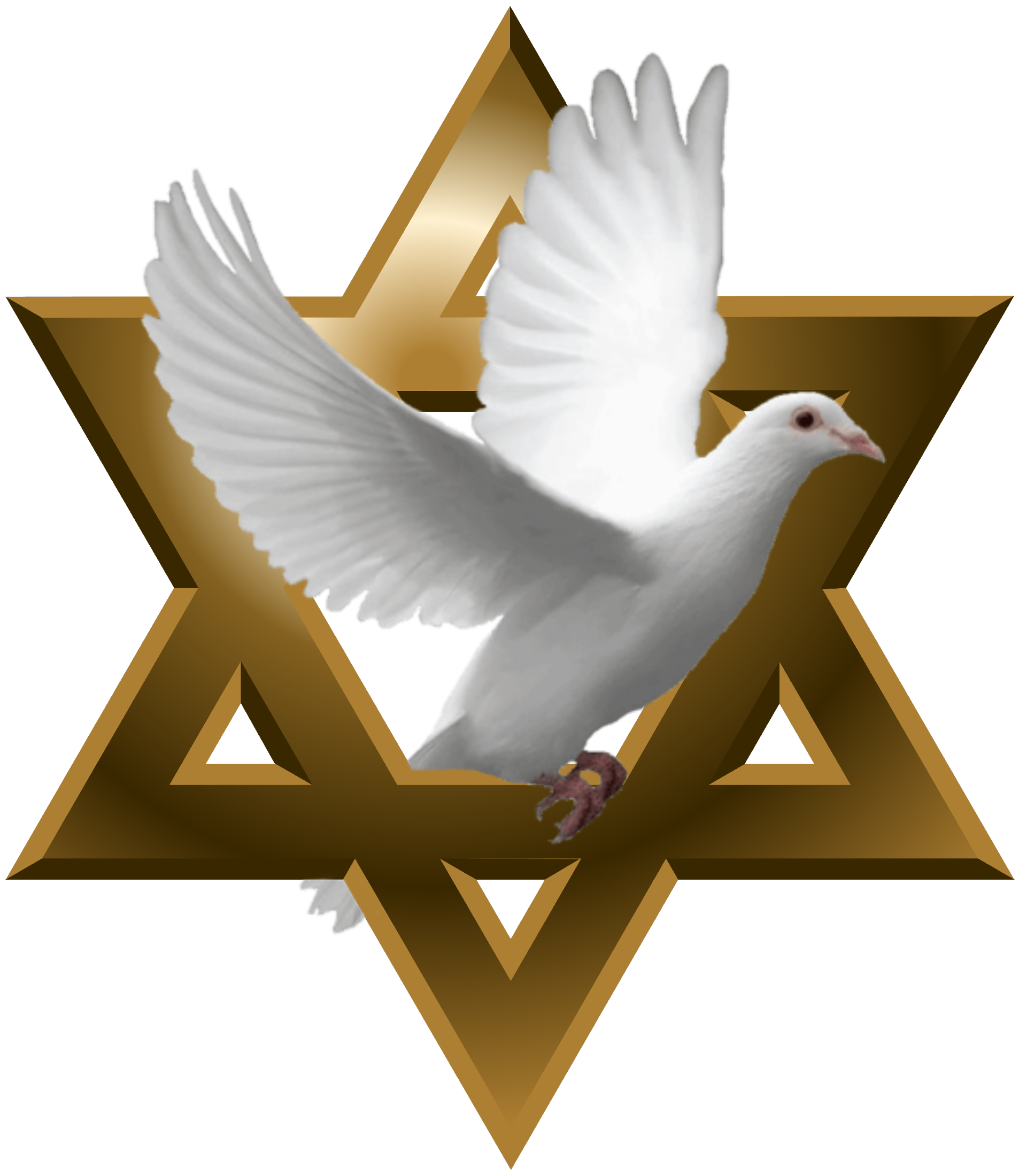TABERNACLE TIMES
THE TABERNACLE IN BRANSON'S MONTHLY NEWSLETTER
MEASURES OF TIME
January 2019 | Tevet - Shevat 5779 | Volume 14 Issue 1
Many civilizations around the world have just recently celebrated the start of the New Year on the Gregorian calendar known as the year 2019. Earliest recorded festivities in honor of a “New Years” arrival date back some four thousand years to ancient Babylon. January first became “New Year’s Day” around 46BC by emperor Julias Caesar, partly to honor Janus, the roman god of beginnings, whose two faces allowed him to look back into the past and forward into the future. The Jewish calendar traditionally has four different days dedicated to the new year, each with a different purpose. This may seem unusual, but not so much when we realize that time is unceasing. Since creation, the Holy One created markers: days, nights, weeks, months, and years. Units of time serve as measures for human activity in education, commerce, leisure, agriculture, and religion. In order to make sure that certain mitzvot (commandments) were completed at their appointed times, four different Jewish New Years were established to provide “markers” for these activities. The first of the month of Nisan is to be the “beginning of the months” (Exodus 12:2, Deuteronomy 16:1). Even though the new year begins with Tishrei, the months are numbered from the month of the Exodus. Torah refers to Rosh Hashanah (Head of the Year) as the first day of the seventh month. The first of Nisan was also considered the New Year when counting the years of the reigns of kings in Ancient Israel. With Pesach (Passover) being the 15th day of Nisan, both the month and the Holy day are considered to be the anniversary of the founding of the Jewish nation. The second ‘New Year’ is on the first of Elul (the sixth month of the Hebrew Calendar). The first of Elul usually falls in late summer (August). According to the Mishnah (Oral Torah), this was the new year for animal tithes or reckoning one’s obligation (similar to the April 15th tax day in the United States). This New Year’s day is no longer observed, but now marks the day for the beginning of introspection and teshuvah (repentance) in preparation for the High Holy Days. The first of Tishrei or Rosh Hashanah (Head of the Year) is the most familiar as the “Jewish New Year”. The Torah calls it ‘Yom Teruah’, meaning the day of the blowing, of course, referring to the shofar. Tishrei, the seventh month on the Hebrew calendar usually corresponds with the month of September or even early October and traditionally marks the date the world was created. In ancient times the first of Tishrei was also used for calculating certain tithes, such as those for vegetables, and for calculating the start of the Sabbatical and Jubilee years. (Numbers 29:1-2, Leviticus 23:24-25). The fifteenth of Shevat is known as Tu B’Shvat, the New Year for Trees. Tu B’Shvat usually falls between January and February on the Gregorian calendar. According to the Torah, fruits cannot be consumed from trees less than three years old. Tu B’Shvat was used as the starting date for the determining the age of trees. Tu B’Shvat is still widely observed as a minor Jewish holiday. The main textural origin for the four new year days comes from the Mishnah (Oral Torah) in Rosh Hashanah 1:1. Shanah Tocah Shanah Tovah (Have a Good Year!) Today in Israel, the Gregorian calendar’s “New Year’s Eve” and “New Year’s Day” is mostly only popular in Tel Aviv and is known as “Sylvester”. The holiday is not named after the cat, but from the name of an early anti-Semitic Pope who reigned during the council of Nicaea (325 CE). In Israel, the spread of western culture has not been warmly received by everyone. In Jerusalem on January 1st, it is “business as usual”. ` As time is measured, by whichever calendar you follow, keep in mind the Hebrew word for “year” (shanah) shares the same root as both the word “repeat” and the word “change”. In other words, hebraically thinking, the idea of the “jewish year” implies ongoing “repetition” or an enduring “review” of certain prophetic events that are relived in our present experiences. As we presently await the Glory of Heaven (Yeshua the Messiah), let us approach the cycles of time, His appointed days, and Torah study knowing that the seed for our eternal life with The Holy One has already been sown and was i

